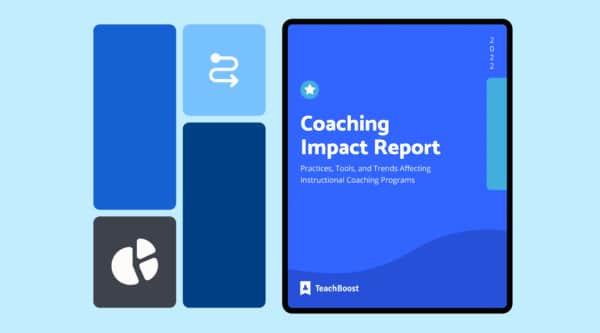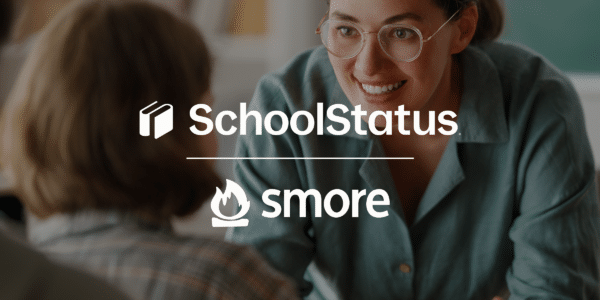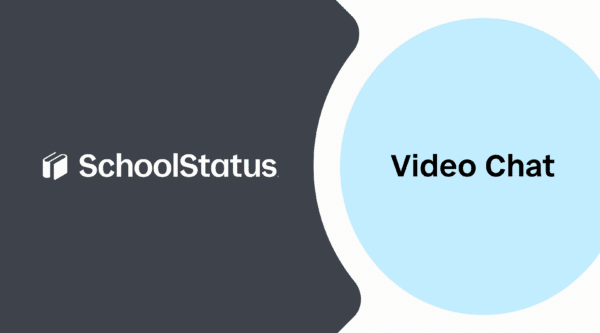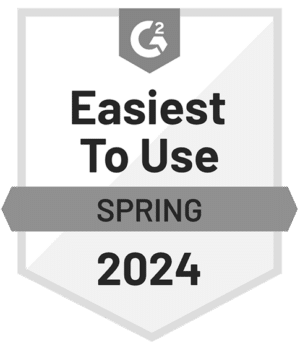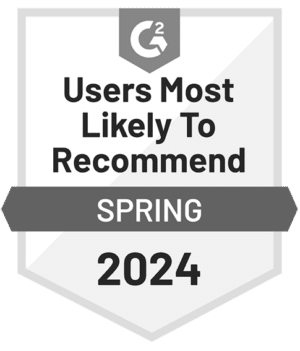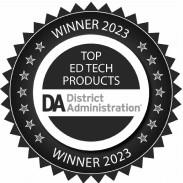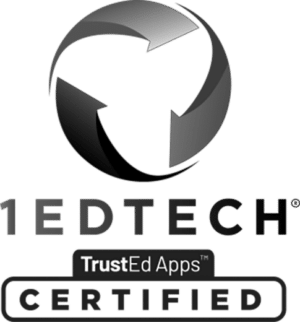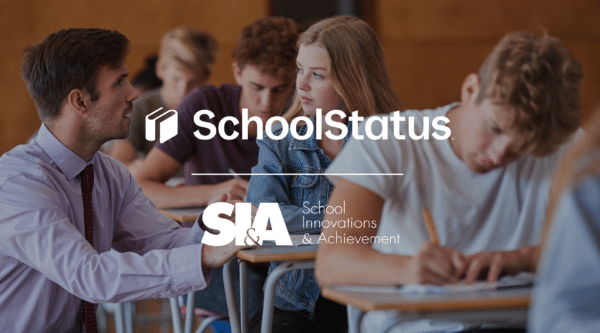

We all know the importance of Family involvement in schools. We also know that many times it is not easy to get parents to attend various events that we are organizing. So, we went out and asked parents what are some of their favorite events that the school or class has organized. And it turns out, movie night is high on the list.
Surprised? We were initially, until we thought about what made movie night a success and decided to share tips and tricks about a fun way to bring families together this Spring.
Why movie nights are popular? It is a low-pressure event that can be organized after work and who doesn’t like fun and movies after all. The best part yet, students are asking parents to come to school and attend so that they can stay with their friends.
Here are the 5 essentials that will make your movie night a success:
1. Set a goal. Movie nights are a great treat for students that you can use in your classroom as a reward for class achievements (attendance, behavior).
2. Make students part of the process. They would be even more excited about the reward if they can choose what it is, so after getting a short list of movies you can offer your students to pick the one they really want to see as a class.
3. Organize convenient time well in advance. Movie night is best to take place on a Friday night rather than a “school night”. Many parents work, often until 5:00 or 6:00 pm, so consider this when scheduling the movie time. Great locations can be your classroom if you have a screen or projector, school library or even your gym so the event feels informal and fun.
Communication is the easy part. You can use free online services like ClassTag to announce the event, get RSVPs for proper headcount and make sure parents are reminded automatically. You can event recruit Family volunteers right there if you would like help preparing the event or during the hours of the event itself.
4. Create a welcoming atmosphere. Encourage students to bring blankets and pillows in order to be comfortable watching the movie. If appropriate, students can dress in “pajamas” for a pajama party for the movie night. Light refreshments can be provided or if it is turned into a school-wide event, you can leverage it for fundraising. See some advice and budgets here.
5. Recruit school staff to attend. When parents and students see school administrators and staff attend, they realize that they care enough to attend events beyond school hours. Nick Provenzano describes the impact on Edutopia of administrators and teachers making the effort to attend. This alone is priceless and a movie night has the great potential to open up these doors for wonderful opportunities to build connections.
Movie night can be held once or become your tradition once a quarter. Not only can important announcements be made prior to or after the movie, but parents can relax and experience a wonderful event in which they are involved in their child’s school experience. Win-win for everyone!
Have you organized a movie night before? What was your experience? We would love to hear from you in the comments below and if you know someone looking for ideas about how to engage parents in the classroom community this Spring, don’t forget to share.
Stay Connected
News, articles, and tips for meeting your district's goals - delivered to your inbox.





